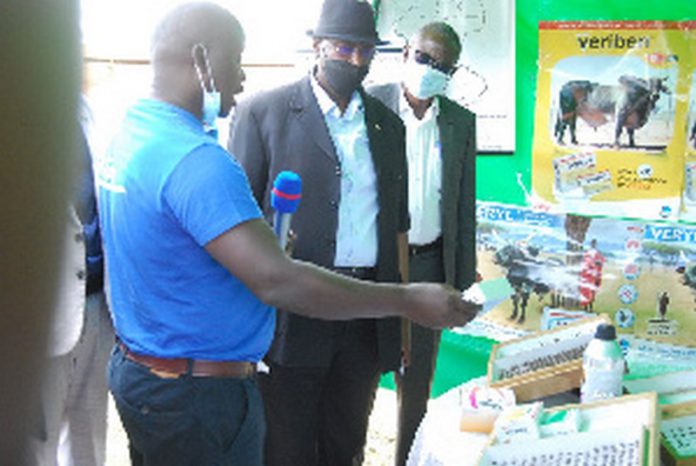
The Ugandan government has registered one case of sleeping sickness in the country over the past 20 months, with authorities now intensifying efforts to completely stamp out the disease.
Dr Mandela Magoola, the operations manager at Uganda Trypanosomiasis Control Council (UTCC), yesterday said: “We have registered only one case of sleeping sickness in the country in the past 20 months and that has been in Dokolo District.”
He added: “The tsetse fly prevalence is high amongst animals and low in humans, and that is what we want to completely do away with.”
Figures obtained from UTCC indicate a reduction in the prevalence of sleeping sickness countrywide from 784 cases in 2005 to only 11 cases in 2017.
Dr Magoola has attributed the reduction in prevalence to deploying tsetse traps in high incident areas, and spraying of cattle, among other interventions. “Our interventions have been mainly to see that the disease in livestock [Nagana] and in humans [sleeping sickness] doesn’t become a pandemic, ‘’ Dr Magoola said, adding that the prevalence in livestock is high [50 percent].
Trypanosomiasis in livestock, Dr Magoola said, affects fertility of animals, meaning farmers will likely not get a calf per year, affects milk production by 20 percent and creates a replacement of [animal] stock of 14 percent every year.
“Most at-risk areas are those around national parks; in Karamoja Sub-region, we are looking at Amudat, Kabong, while in Teso Sub-region we have Soroti, Kumi and Serere; in Lango Sub-region we have Dokolo and Kole districts and in Acholi Sub-region is Amuru and Nwoya districts,” Dr Magoola said.
He was speaking on the sidelines of the launch of the Shs400m Uganda Tsetse fly and Trypanosomiasis Resource Centre [UTTRC] at Njeru Stock Farm in Njeru Municipality, Buikwe District.
At the resource centre, tsetse traps, previously being imported from Vietnam among other destinations, will save the government considerable amounts of forex, Dr Magoola reckoned.
“When you are deploying these traps, you need to deploy around 400 to 500 traps in a square kilometre and each trap currently goes for Shs50,000; so if you multiply that by 500, you will be in around Shs2.5m, but this one is going to cost 50 percent of the current cost.
He added: “But this intervention will reduce the cost of the trap to between Shs20,000 and Shs25,000, meaning the country is going to save 50 percent of this money that can be put to other disease control other than importing these traps.”
The State minister for Animal Husbandry, Col [Rtd] Bright Rwamirama, who was the chief guest, said the resource centre is a fulfilment of the mandate UTCC was given in 1992 to provide a safe and secure environment where research and experiments on tsetse flies can be carried out.
He described tsetse flies as a trans-boundary problem that has to be eradicated at one time.
Sleeping sickness
African Trypanosomiasis, also known as “sleeping sickness”, is caused by microscopic parasites of the species Trypanosoma brucei. It is transmitted by the tsetse fly (Glossina species), which is found only in sub-Saharan Africa- Source: Centres for Disease Control and Prevention
